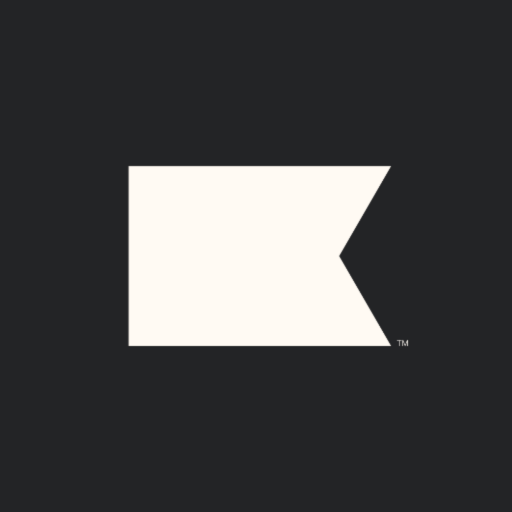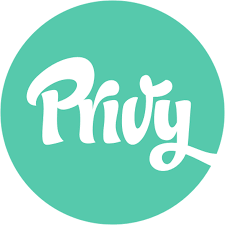
How I Started A $70K/Month Premium Ski Goggles And Helmets Brand With Just $5K
Hello! Who are you and what business did you start?
Hey! My name is Curt Nichols and I am the founder of Glade Optics. We build premium goggles and helmets for recreational skiers and snowboarders.
Our primary revenue driver is our line of ski goggles: the Challenger Goggle, Adapt Goggle, and Magflight Goggle. Each of these goggles has a unique feature set that is tailored to a specific type of skier and the set of weather conditions they typically ski in. To complement this product line, we also offer ski helmets and a variety of other ski-related accessories to enhance our customer’s experience on the slopes.
Our goggles, helmets, and accessories stand out from the competition because of their favorable price point and easily understood feature set. Where our competitors have overcomplicated their messaging and over-engineered their products, we have taken the approach of simplifying the buying process and speaking to our customers as if they were our friends out on the chairlift.
I started with $5,000 in savings in the winter of 2016/17, building a website and buying inventory for a single goggle product, and from there have grown the brand to close to $1M in annual sales as the sole...

Download the report and join our email newsletter packed with business ideas and money-making opportunities, backed by real-life case studies.

Download the report and join our email newsletter packed with business ideas and money-making opportunities, backed by real-life case studies.

Download the report and join our email newsletter packed with business ideas and money-making opportunities, backed by real-life case studies.

Download the report and join our email newsletter packed with business ideas and money-making opportunities, backed by real-life case studies.

Download the report and join our email newsletter packed with business ideas and money-making opportunities, backed by real-life case studies.

Download the report and join our email newsletter packed with business ideas and money-making opportunities, backed by real-life case studies.

Download the report and join our email newsletter packed with business ideas and money-making opportunities, backed by real-life case studies.

Download the report and join our email newsletter packed with business ideas and money-making opportunities, backed by real-life case studies.






















